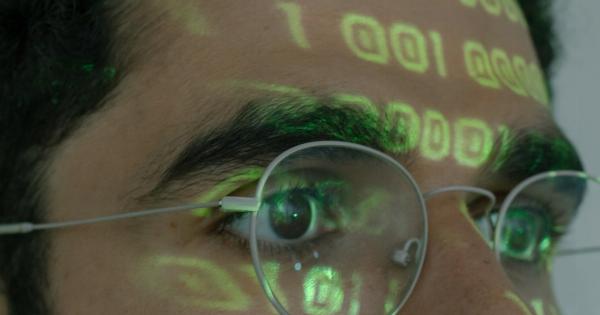Cataract is an eye condition wherein the natural lens of the eye, which is responsible for focusing and clear vision, gets cloudy, opaque, and loses its transparency.
This condition usually occurs in elderly people, but it can also occur in infants and children. However, if the condition is not removed early, it can lead to vision problems, affecting the ability to perform daily activities. Hence, it is essential to have the cataract removed before maturity to avoid potential risks.
What Causes Cataract:
Cataract can be caused due to various factors such as:
- Aging: The natural lens of the eye becomes cloudy and opaque with age.
- Genetics: If there is a history of cataract in the family, it increases the risk of developing the condition.
- Diabetes: High blood sugar levels can cause damage to the lens of the eye, leading to cataract formation.
- Trauma: Eye injuries or surgeries can damage the natural lens of the eye, causing cataract.
- Smoking and Alcohol: Prolonged exposure to smoking and alcohol can increase the risk of developing cataracts.
What are the Symptoms of Cataract:
Symptoms of cataract include:
- Cloudy or blurred vision
- Difficulty seeing at night
- Increased sensitivity to light
- Difficulty distinguishing colors
- Frequent changes in glasses prescription
How is Cataract Detected:
The detection of cataract is done during a comprehensive eye examination. During the examination, the eye doctor will perform various tests to evaluate the overall health of the eyes, including the presence of cataract. The tests include:.
- Visual Acuity Test: A test to measure the sharpness of vision.
- Dilated Eye Examination: A test to examine the back of the eye, including the optic nerve and retina.
- Slit-Lamp Examination: An examination using a special microscope to examine the front of the eye, including the natural lens of the eye.
How is Cataract Treated:
The only treatment for cataract is surgery. Cataract surgery is a safe and effective procedure, wherein the cloudy natural lens of the eye is removed and replaced with an artificial lens called an Intraocular Lens (IOL).
What are the Risks of Not Removing Cataract:
Not removing cataract can lead to various complications such as:.
- Vision problems: The cloudy lens of the eye can cause blurred or distorted vision, making it difficult to perform daily activities such as reading, driving, or recognizing faces.
- Secondary Cataract: Sometimes, a membrane can develop behind the artificial lens, causing cloudiness and vision problems. This can be treated with a simple laser procedure.
- Glaucoma: In rare cases, cataract can lead to Glaucoma, which is a serious eye condition affecting the optic nerve and causing vision loss.
The Importance of Removing Cataract Prior to Maturity:
Removing cataract prior to maturity is essential to avoid potential risks.
In children, cataract surgery is usually performed within the first few months of life to prevent amblyopia (lazy eye), nystagmus (involuntary eye movement), and other vision problems. Failure to do so can lead to permanent vision loss. In adults, delaying cataract surgery can lead to increased difficulty in performing daily activities and increased risk of complications during surgery due to other age-related health concerns.
Conclusion:
Cataract is a common eye condition that affects both adults and children. It can lead to vision problems if not treated promptly. Cataract surgery is a safe and effective procedure that can improve the quality of life of individuals with cataract.
It is essential to detect and remove cataract prior to maturity to prevent potential risks.



























